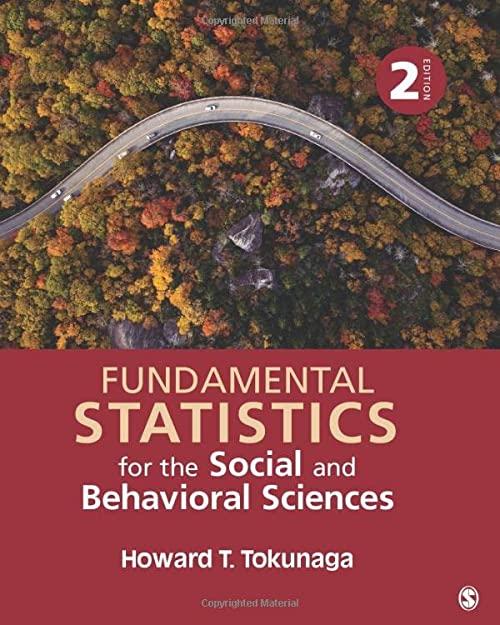A study compares the effectiveness of a new (Drug A) and an old medicine (Drug B) and
Question:
A study compares the effectiveness of a new (Drug A) and an old medicine (Drug B) and finds no difference in effectiveness: \(t(68)=1.34, p>.05\). The researchers run the study a second time: Both studies are based on the same sample size ( \(N_{i}=35\) ), and somehow both studies end up with the same standard deviations for the two groups. However, in the second study, the size of the dosage of Drug A was increased, which increased the difference between the two groups (between-group variability):
Drug A: \(\bar{X}_{1}=21.00\)
Drug B: \(\bar{X}_{1}=10.50\)
\(\left(s_{\bar{X}_{1}-\bar{X}_{2}}\right)=3.60\)
a. Calculate the \(t\)-test for independent means.
b. What is the effect of increasing between-group variability on the likelihood of rejecting the null hypothesis?
c. What is the effect of increasing between-group variability on the likelihood of making a Type II error?
Step by Step Answer:

Fundamental Statistics For The Social And Behavioral Sciences
ISBN: 9781506377476
2nd Edition
Authors: Howard T Tokunaga





